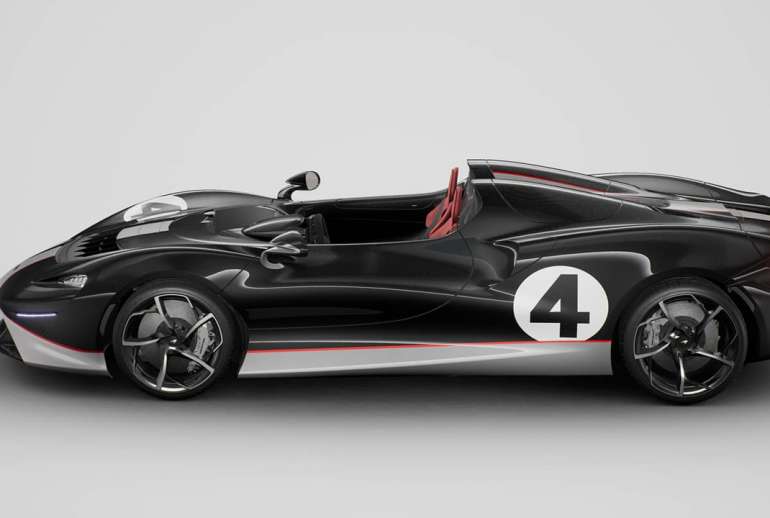Chinese car maker BYD is laughing all the way to the bank. It recently disclosed a whopping 632 percent increase in Q1 net profits from $16.2 million (102.4 million yuan) to $114.4 million (749.73 million yuan). This is in blatant contrast to American EV maker, Tesla. The irony became evident as Tesla CEO Elon Musk reported losses of $700 million in the same quarter, which occurred a couple of days before BYD’s announcement.
That being said, here are the 5 things you should know about the Chinese carmaker BYD.
1. BYD is currently the biggest and most profitable EV maker
Being the biggest and most profitable is neat and all, but why haven’t you heard of BYD before? This is because the brand is not widely recognized outside its home country of China.
It seems the Chinese have a longstanding love affair with electric vehicles and it’s easy to understand why. Considering the fact Beijing remains one of the worst polluted cities in China, the Chinese found a faster, cleaner, and more environmentally-friendly way to move around without adding to the frightening smog problem in most major cities.
2. BYD sells more EVs than conventional cars
Yes, you read that right. BYD is now selling more electric vehicles than conventional petrol-powered cars – the reason behind the amazing growth of BYD in the EV market. It sold 73,172 electric vehicles in the first quarter of 2019. This is a 147 percent increase from the same period last year.
And it’s only the beginning because according to a study by the Association of Automobile Manufacturers in China, people in China are predicted to buy at least 1.6 million electric vehicles in 2019. There are currently 486 EV manufacturers in China alone, and BYD is leading the electric charge.
3. BYD started out as a manufacturer of rechargeable batteries
BYD (which stands for Build Your Dreams) started in February 1995 as a manufacturer of rechargeable batteries. It quickly captured the growing mobile phone and smartphone market to become the largest manufacturer of rechargeable batteries in China. This led BYD to acquire the Tsinchuan Automobile Co. in 2002, which also heralded the birth of BYD Automobile Co. Ltd.
4. Warren Buffet invested in BYD long before EVs became mainstream
After successfully mass-producing the world’s first plug-in hybrid car – the BYD F3DM – in 2008, BYD caught the attention of Warren Buffet who bought a 10% stake in BYD for $230 million. Now, BYD is poised to take over the EV world by storm. Oh, and did I mention that the company also makes electric buses, coaches, vans, and trucks.
5. The real story behind BYD’s massive profitability
But there’s a downside to all the good news. Despite the humongous increase in first-quarter profits, stock prices for BYD went down almost one percent after the announcement. The massive profits are largely attributed to both local and national government subsidies. This is also the same reason why BYD stock prices are not as enthusiastic as the quarterly earnings report would suggest.
So what happens when government subsidies run out by 2020? Considering BYD received $1 billion worth of subsidies in 2018, this event could prove catastrophic to BYD stock. But while Tesla stock is down by 25 percent since the start of 2019, BYD stocks are holding steady and are up 10 percent compared to last year.
However, while Tesla is still figuring out how to squeeze profits from a mass-produced electric vehicle, almost one-third of BYD’s electric vehicle sales are from taxi and ridesharing companies. But all of this is about to change with the introduction of the BYD E-Seed GT at the 2019 Auto Shanghai event. The BYD E-Seed is penned by former Italdesign and Audi design boss Wolfgang Egger and is the newest electric supercar concept from BYD.
Admittedly, the BYD E-Seed is not engineered to run over the Pininfarina Battista hyper EV, although it may give the Mullen Qiantu K50 some problems. With an all-electric powertrain and all-wheel-drive, the BYD E-Seed can rocket to 60 mph in 3.9 seconds and has an estimated range of 370 miles (600 kilometers).



